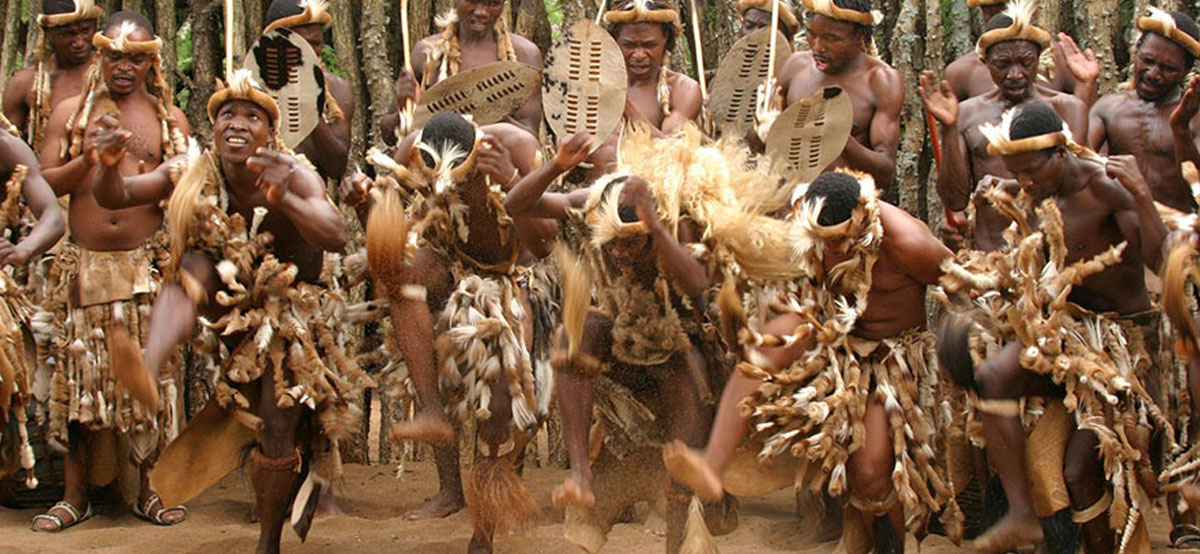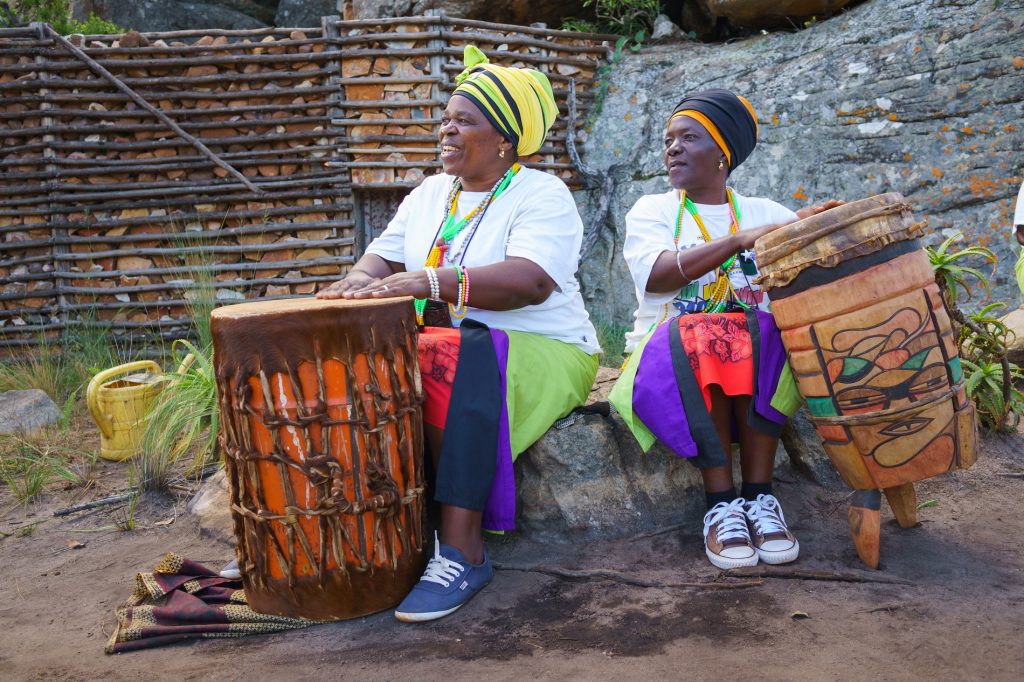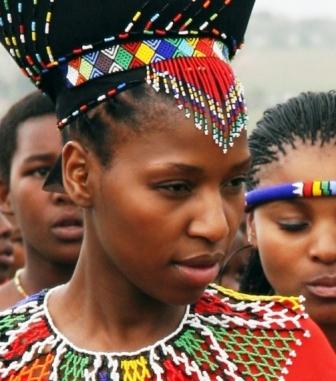Not known Incorrect Statements About South African Culture Today
Not known Incorrect Statements About South African Culture Today
Blog Article
8 Easy Facts About South African Culture Today Shown
Table of ContentsExcitement About South African Culture TodayAll about South African Culture TodayThe Best Guide To South African Culture TodayThe Buzz on South African Culture TodayGetting The South African Culture Today To WorkA Biased View of South African Culture Today
An issue of relevance in Zambian villages is the passing away of loved ones. All members of the town put cash, time and initiative together for the interment of the deceased.During the grieving duration; guys remain outside the house and the women stay inside your home of the deceased. After discussing the departed, the village walks to the location of funeral to claim their last goodbyes. Music and dance is an extremely crucial facet of the Zambian society. The various tribal units have their own dance types; nevertheless, makishi prevails among all people.
Little Known Questions About South African Culture Today.
When it comes to songs, drums are used one of the most, with a variety of drumming events. In Zambia, majority of individuals are Christian; Protestant and Roman Catholic. There are little teams of Muslims and Hindus, with the remainder adhering to regional native tribal ideas.

South African heritage and culture is immensely diverse, and is composed of several teams of individuals that each have their own traditions and ideas. Having such a variety of people and societies is what makes South Africa so special. In real sense of the phrase, we are a rainbow nation.
South Africa has around three hundred thousand Portuguese people residing in it. Making it the 7th on the listing of nations with the most Portuguese people in it outside of Portugal. Portuguese is not only a culture, but it is also a language and a nationality. Portuguese individuals stem from the nation of Portugal in Europe, nevertheless, because of Portugal (like lots of various other countries in Europe) exploring the world and dominating other countries throughout the 15th 20th centuries, South Africa has what we call Portuguese South African's living in it.
How South African Culture Today can Save You Time, Stress, and Money.
Amongst the popular features of the topography is a plateau that covers nearly two thirds of the facility of the nation. The plateau complicated increases toward the southeast, where it culminates in the Drakensberg array, component of an escarpment that separates the plateau from the seaside locations. The Drakensburg includes Sparkling wine Castle, the highest optimal in the country.
The region north of the Witwatersrand, called the bushveld, inclines downward from east to west toward the Limpopo River, which creates the worldwide boundary. The western area of the plateau, the middleveld, likewise comes down towards the west and differs in altitude between the highveld and bushveld. In between the Drakensburg and the eastern and southern shoreline, the land descends to the sea.
Nearer the coastline there is a low-lying level called the eastern lowveld. Southwest of the plateau the country becomes considerably a lot more arid, offering way to the stony desert of the Great Karroo, surrounded on the eastern by the lower, better sprinkled plateau of the Little Karroo. Dividing the dry southern interior from the sandy coastal of the southern coast and West Cape is an additional array, the Langeberg.
The Ultimate Guide To South African Culture Today
The nation's racially, ethnically, and politically divided background has actually created nationwide and subnational signs that still work as signs of the country, and others symbols that are accepted just by particular teams. The monoliths to white inhabitant conquest and political supremacy, such as the Afrikaner Voortrekker ("leader") Monument in Pretoria and the Rhodes Monument honoring the British colonial empire contractor and Cape head of state Cecil Rhodes, continue to be sectarian icons.
The first contemporary occupants were the San ("bushman") hunter-gatherers and the Khoi ("Hottentot") individuals, that rounded up animals (South African culture today). The San may have been present for countless years and left evidence of their existence in countless old cavern paints ("rock art"). Bantu-speaking clans that were the ancestors of the Nguni (today's amaZulu, amaXhosa, amaSwazi, and vaTsonga individuals) and Tswana-Sotho language groups (today's Batswana and Southern and Northern Basotho) migrated down from eastern Africa as very early as the fifteenth century

Both previous republics of the Orange Free State and Transvaal (South African Republic) were established pop over to this site by Afrikaner inhabitants who beat and dispossessed the Basotho and Batswana. Lesotho would have been forcibly included into the Orange Free State without the extension of British defense in 1869. The supreme marriage of the country arised from the South African Battle (18991902) between the British and the 2 Afrikaner republics, which reduced the country to ruin at the beginning of the twentieth century.
Afrikaners traditionally considered themselves the just true South Africans and, while approving full citizenship to all citizens of European descent, denied that condition to people of color till the democratic change of 1994. British South Africans keep a feeling of cultural and social connection to Great Britain without damaging their identity as South Africans.
Unknown Facts About South African Culture Today
The variety and fragmentation within ethnic groupings and the balance of tensions between those teams during the twentieth century stopped interethnic civil problem. While intergroup stress over resources, entitlements, and political dominance remain, those conflicts are as most likely to match Zulu versus Zulu as Zulu against Xhosa or African against Afrikaner.
From colonial India, British vendors and administrators brought the curved metal decorative roofs and slim shoelace work pillars that still epitomize the terraces of cottages arounds and cities throughout the country. Holy places contribute an important building element even in the tiniest communities. Along with the skyrocketing steeples and traditional stonework of Afrikaans Dutch Reformed churches, Anglican churches, synagogues, mosques, and Hindu shrines offer range to the religious architectural scene.

Slaughtering and the developing of conventional grain beer are essential in safeguarding the involvement and a good reputation of the ancestors that are considered the guardians of good luck, prosperity, and well-being. Indian communities preserve their indigenous culinary customs and use them on Islamic and Hindu ritual and ceremonial events. Afrikaners and Coloured individuals collect at weekends and special events at multifamily bbqs called braais, where community bonds are enhanced.
Due to the fact that this was the primary economic venture of both black Africans and white homesteaders, dispute in between those groups fixated the ownership of grazing land and livestock. In 1867, the largest ruby down payments on the planet were found at Kimberley in the west central area. The riches from those fields assisted fund the exploitation of the best gold reef on the planet, which was uncovered on the Witwatersrand in 1886.
Some Ideas on South African Culture Today You Need To Know
This caused misunderstandings and purposeful misstatement in the ventures of white inhabitants and federal government authorities with African chiefs throughout the colonial period (South African culture today). In the establishment of African gets, some facets of common and chiefly "tribal trust" land tenure were protected, have a peek at this site and even in white country locations, types of common period were still exercised in areas with African communities
After the autonomous makeover of 1994, programs for land restitution, redistribution, and reform were instituted, but development has been see this slow-moving. The white minority still regulates eighty percent of the land. In the wake of farming land invasions in Zimbabwe, the Division of Land Affairs has vowed to speed land redistribution.
Report this page